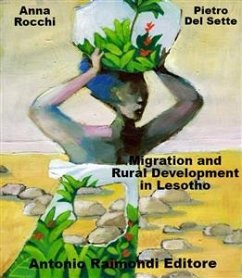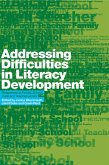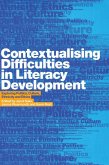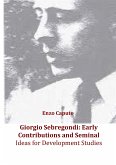In the last decades of the 20th century, about half of the adult male population of Lesotho migrated on a temporary basis to South Africa to work predominantly in gold mines as well as in other sectors. As such, migrant remittances contributed considerably to the reduction of poverty and to support families in accessing basic assets such as food, cash, education, medical facilities, water, etc. Incomes generated by remittances were used to purchase agricultural inputs to improve subsistence farming.This paper investigates the main characteristics of Lesotho, including its current migrant flows and examines possible interventions for social, livelihood and economic development of rural people and returned home migrants. Furthermore, living conditions of rural people can be improved through a comprehensive and multi-sector rural development, where improvement of water irrigation, agricultural growth and income generation activities constitute main pillars.
Bitte wählen Sie Ihr Anliegen aus.
Rechnungen
Retourenschein anfordern
Bestellstatus
Storno









